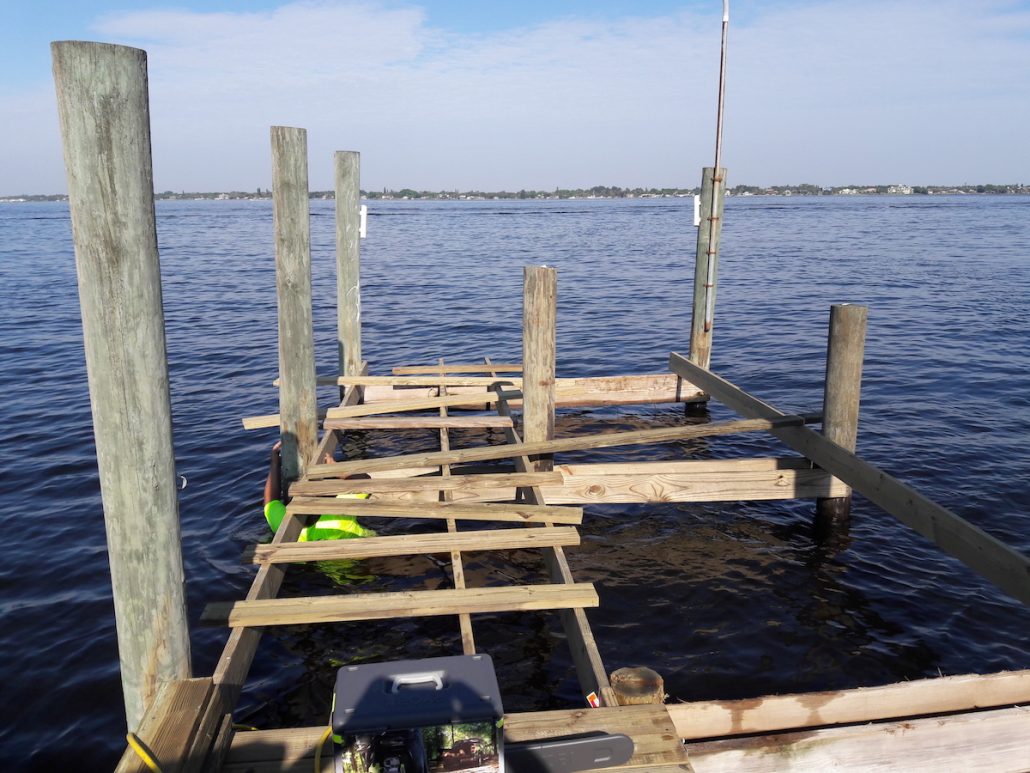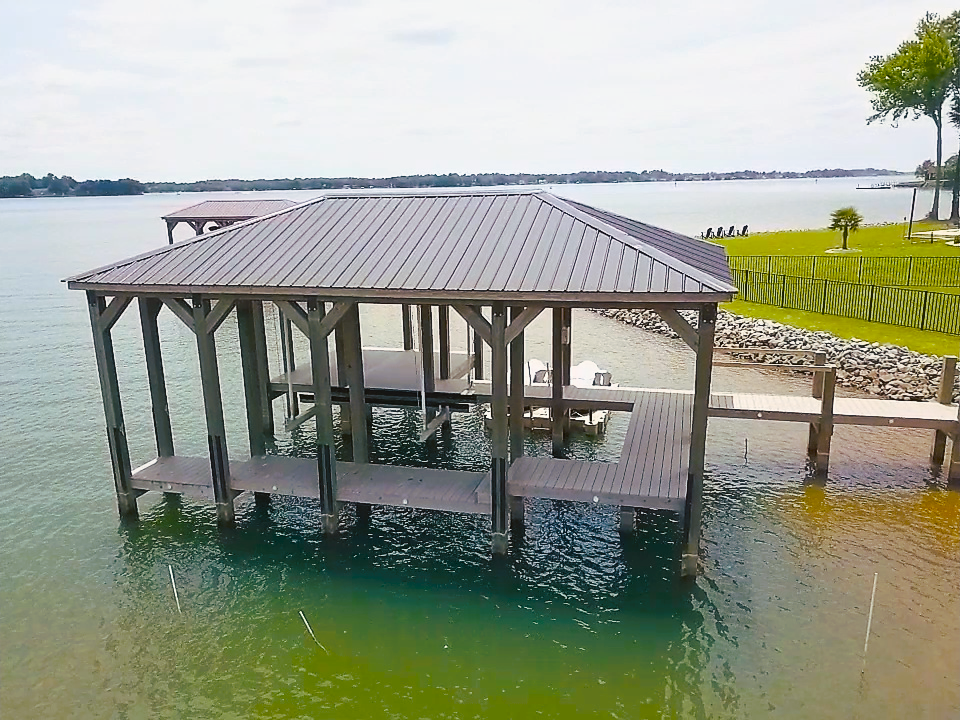Why Regular Upkeep Can Reduce Future Dock Repairs
Why Regular Upkeep Can Reduce Future Dock Repairs
Blog Article
Effective Dock Fixing Techniques: Ensuring Architectural Honesty
Guaranteeing the structural integrity of anchors with efficient repair work methods is paramount for the longevity and safety and security of aquatic centers. This entails a multi-faceted technique starting with detailed evaluations utilizing innovative innovations like finder tools and from another location operated cars (ROVs) to detect both noticeable and concealed problems. Subsequently, choosing the best repair work materials, such as composite materials and corrosion-resistant alloys, is essential for resilience. Architectural support approaches, consisting of the application of cross-bracing systems and load-distribution plates, play an important role in mitigating stress and anxiety factors. Nevertheless, the value of these techniques comes to be obvious when exploring innovative fixing methods and preventative upkeep strategies.
Evaluating Dock Damage
Evaluating dock damage is a critical initial step in making certain the structural honesty and security of any docking facility. This first examination includes a thorough evaluation to recognize both concealed and noticeable damages. Secret aspects to take a look at include the dock's foundation, pilings, outdoor decking, and hardware. Each component needs to be scrutinized for signs of wear, rot, rust, or various other types of destruction that could compromise the structural stability.
Structural engineers or certified inspectors commonly perform these analyses utilizing specialized strategies and devices. As an example, underwater inspections might use finder devices or from another location ran automobiles (ROVs) to detect submerged damage. Over water, visual evaluations are complemented by utilizing moisture meters and other analysis tools to reveal underlying concerns not instantly noticeable to the nude eye.

Finding Repair Products
Choosing the proper fixing materials is a pivotal step in the dock restoration process, one that directly affects the long life and performance of the repaired structure. Product selection must be driven by variables such as ecological problems, load-bearing requirements, and compatibility with existing dock components.
Along with wood, composite materials are progressively prominent due to their resilience and low upkeep demands. Composites, normally made from a blend of plastic and wood fibers, supply exceptional resistance to rot, insects, and UV damages. For metal anchors, choosing corrosion-resistant alloys such as galvanized steel or marine-grade light weight aluminum is necessary to stop corrosion and make sure architectural stability in saline water problems.
Epoxy resins and marine-grade sealers are essential for fixing cracks and sealing joints, offering a water-proof barrier and enhancing the dock's overall toughness. By meticulously choosing high-grade products, dock repair work can achieve durable results, thus protecting against future deterioration and guaranteeing risk-free, dependable use.
Architectural Support Strategies
Reliable architectural support methods are important in making sure the security and durability of dock repair work. This method is especially efficient for docks exposed to hefty lots or extreme environmental conditions.
Another vital method is the application of fiber-reinforced polymers (FRP) These materials use high strength-to-weight ratios and excellent resistance to corrosion, making them perfect for strengthening wooden or concrete anchors. FRP can be applied in sheets or strips and bonded with epoxy resins to boost structural integrity.
Supporting and securing systems also play a critical function in structural reinforcement. Cross-bracing, using metal or wooden beams, can counteract side pressures, lowering swaying and motion. Anchoring systems, such as helical piers or driven stacks, provide a steady foundation by moving tons to deeper, much more steady dirt layers.
Finally, the combination of load-distribution plates can help distribute weight a lot more evenly throughout the dock's surface area, reducing localized tension points. These methods jointly make certain that docks stay durable and risk-free, qualified of standing up to the roughness of their functional environment.
Advanced Repair Service Techniques

An additional advanced technique entails underwater welding, which enables fixings to be performed without the requirement to dewater the location. This approach is particularly useful for dealing with structural problems in submerged dock elements, making sure very little interruption to procedures. Enhanced welding techniques, paired with robot systems, deliver precision and integrity, thereby prolonging the lifespan of the dock.
Additionally, cathodic security systems are implemented to stop deterioration in metallic dock structures. By making use of sacrificial anodes or pleased current systems, these methods efficiently mitigate the electrochemical processes that lead to product damage.
Last but not least, progressed surveillance modern technologies, such as architectural health monitoring (SHM) systems, supply real-time information on the problem read this article of dock structures. These systems enable positive maintenance and timely interventions, ultimately guaranteeing the lasting structural integrity of the dock.
Maintenance and Prevention
Upkeep and prevention are basic principles that underpin the longevity and security of dock structures. Routine examinations are critical, permitting early detection of wear and tear, potential weaknesses, and environmental impacts. A proactive method, involving regular checks for deterioration, rot, and structural shifts, reduces pricey repair services and extends the dock's functional life.
Safety nets should include using protective coatings to metal components to defend against rust and making use of cured timber to withstand degeneration. In addition, guaranteeing appropriate water drainage and ventilation can prevent water build-up, which is an usual root cause of structural deterioration. Incorporating top quality materials and adhering to try this website maker guidelines throughout building and fixing stages likewise play vital functions in enhancing resilience.

Training employees in dock maintenance ideal practices makes certain consistent application of safety nets. Leveraging technical advances, such as drones for assessments and sensors for real-time surveillance, can better improve upkeep initiatives. By focusing on maintenance and prevention, dock owners can guarantee architectural honesty, operational safety and security, and affordable management over the dock's life expectancy.
Conclusion
Finally, preserving the structural stability of marine facilities demands extensive dock repair methods. Detailed assessments using innovative tools uncover both noticeable and concealed problems, while the choice of appropriate repair work products enhances resilience. Carrying out structural support techniques addresses stress points properly. Advanced repair work strategies, coupled with routine upkeep practices, make sure the dock continues to be operational and risk-free under varied ecological problems. Embracing these methods considerably lengthens the life-span and functionality of marine framework.
Making sure the architectural integrity of docks with efficient fixing strategies is paramount for the durability and security of aquatic centers.Choosing the ideal fixing products is a pivotal step in the dock repair procedure, one that straight influences the durability and efficiency of the site link fixed framework.Reliable architectural support strategies are crucial in making sure the security and long life of dock fixings. By prioritizing maintenance and avoidance, dock proprietors can make sure architectural stability, functional safety and security, and cost-efficient management over the dock's lifespan.
In verdict, preserving the structural integrity of aquatic centers demands detailed dock fixing strategies.
Report this page